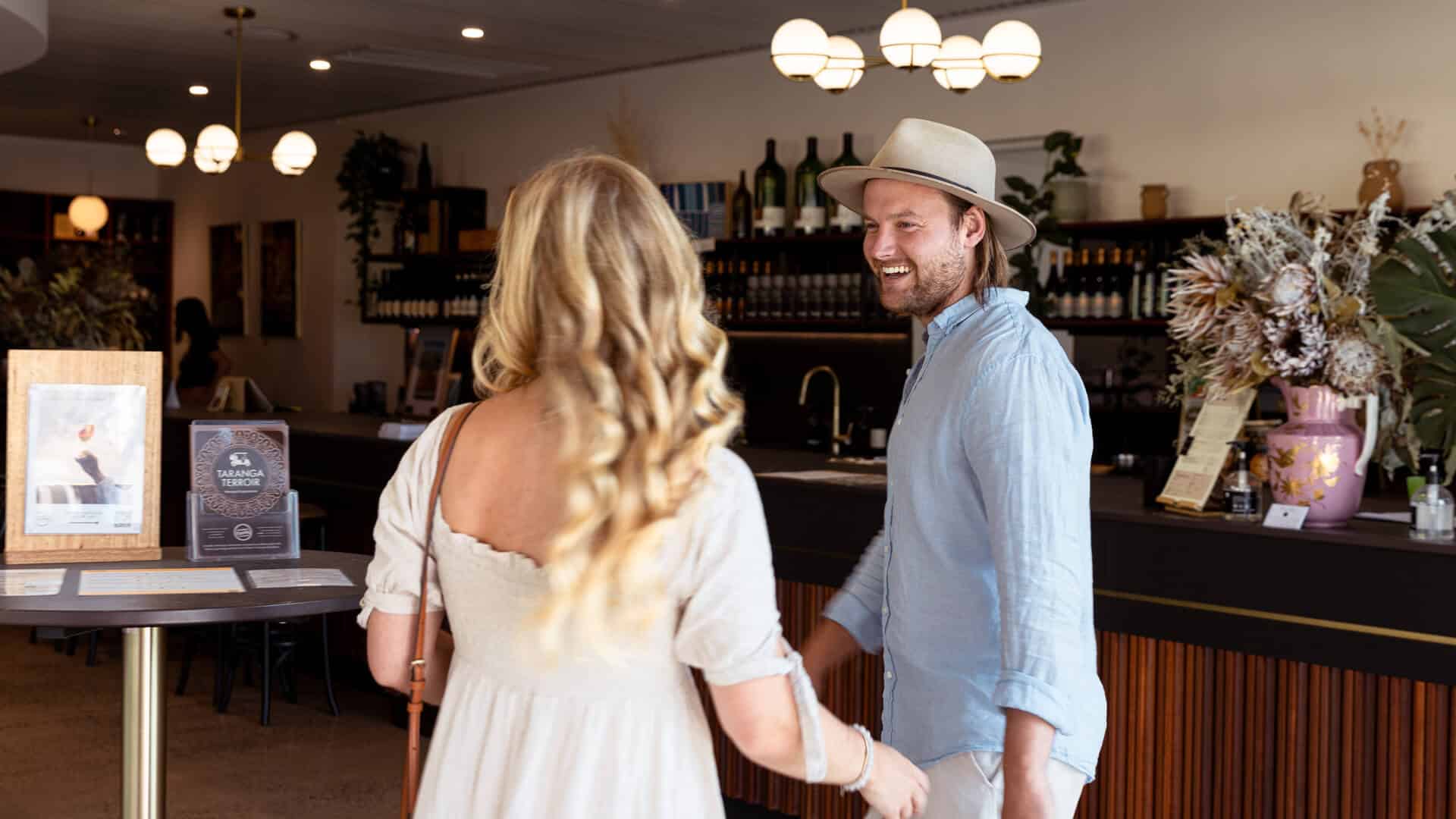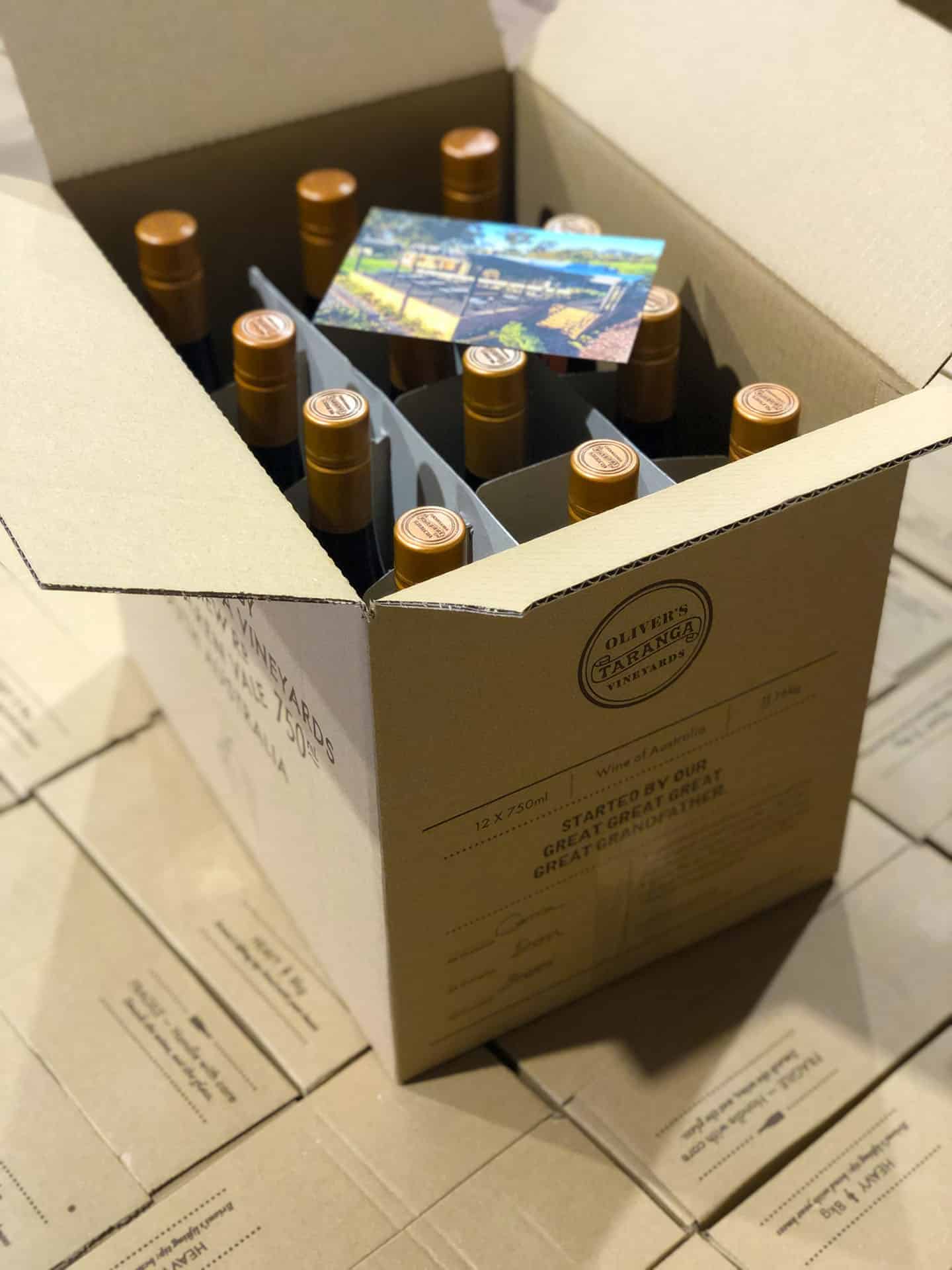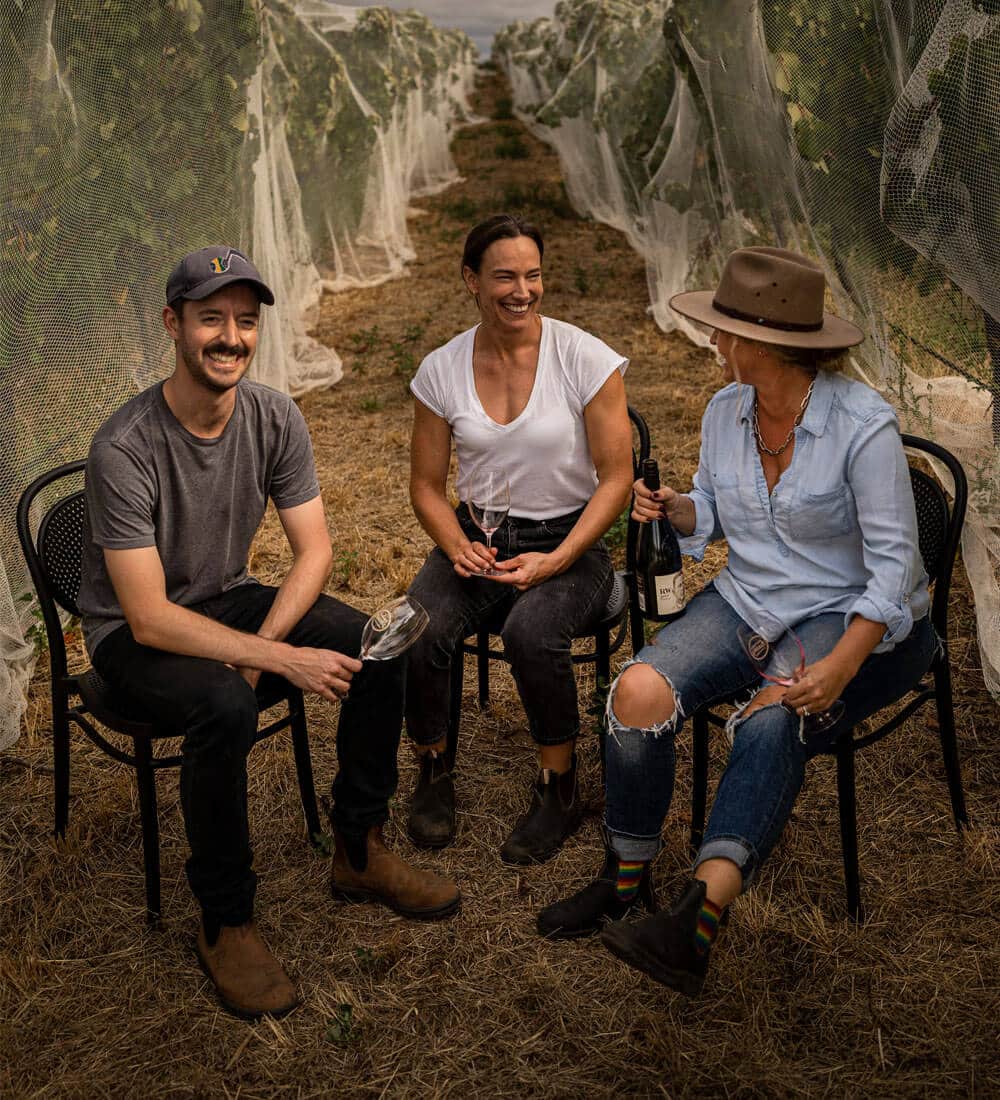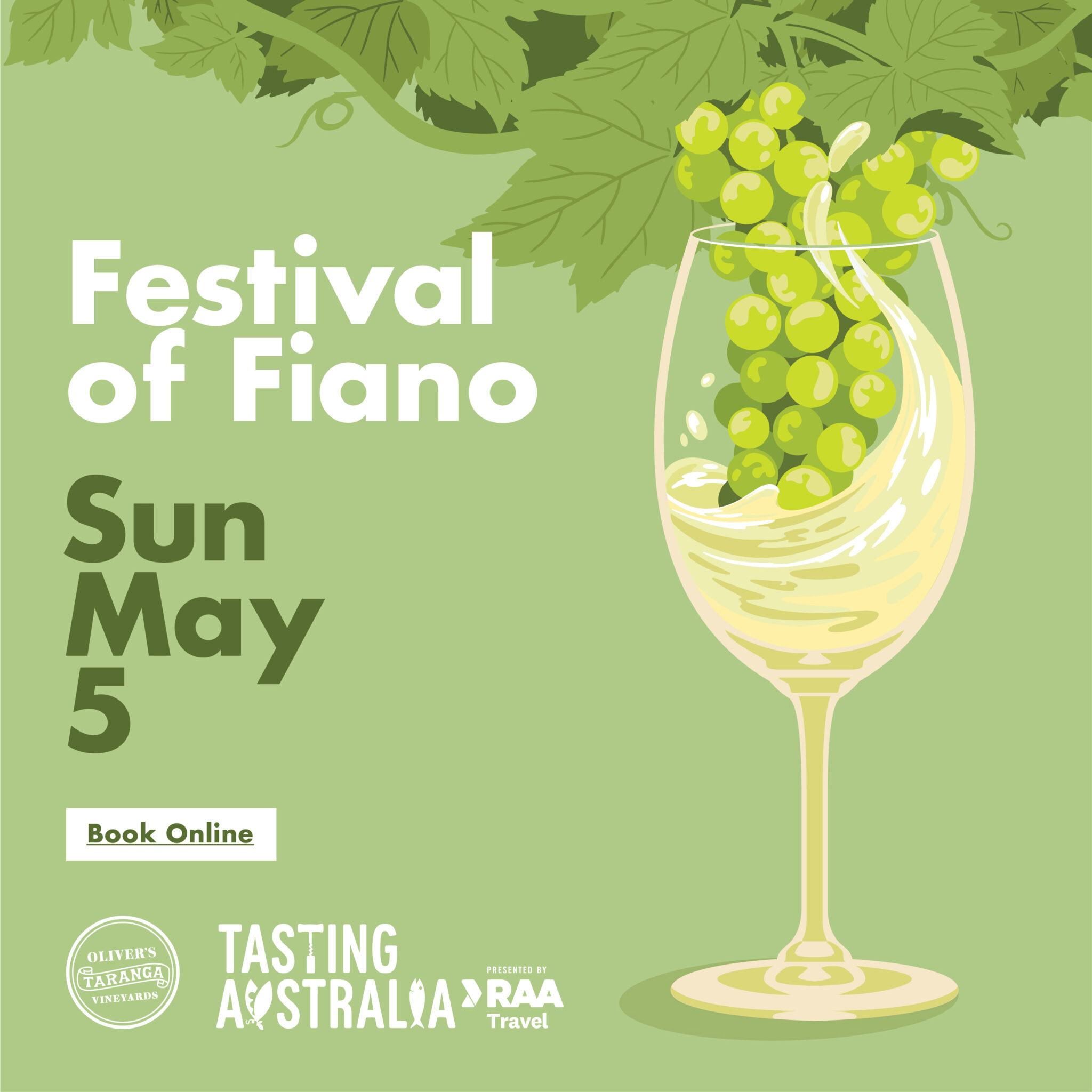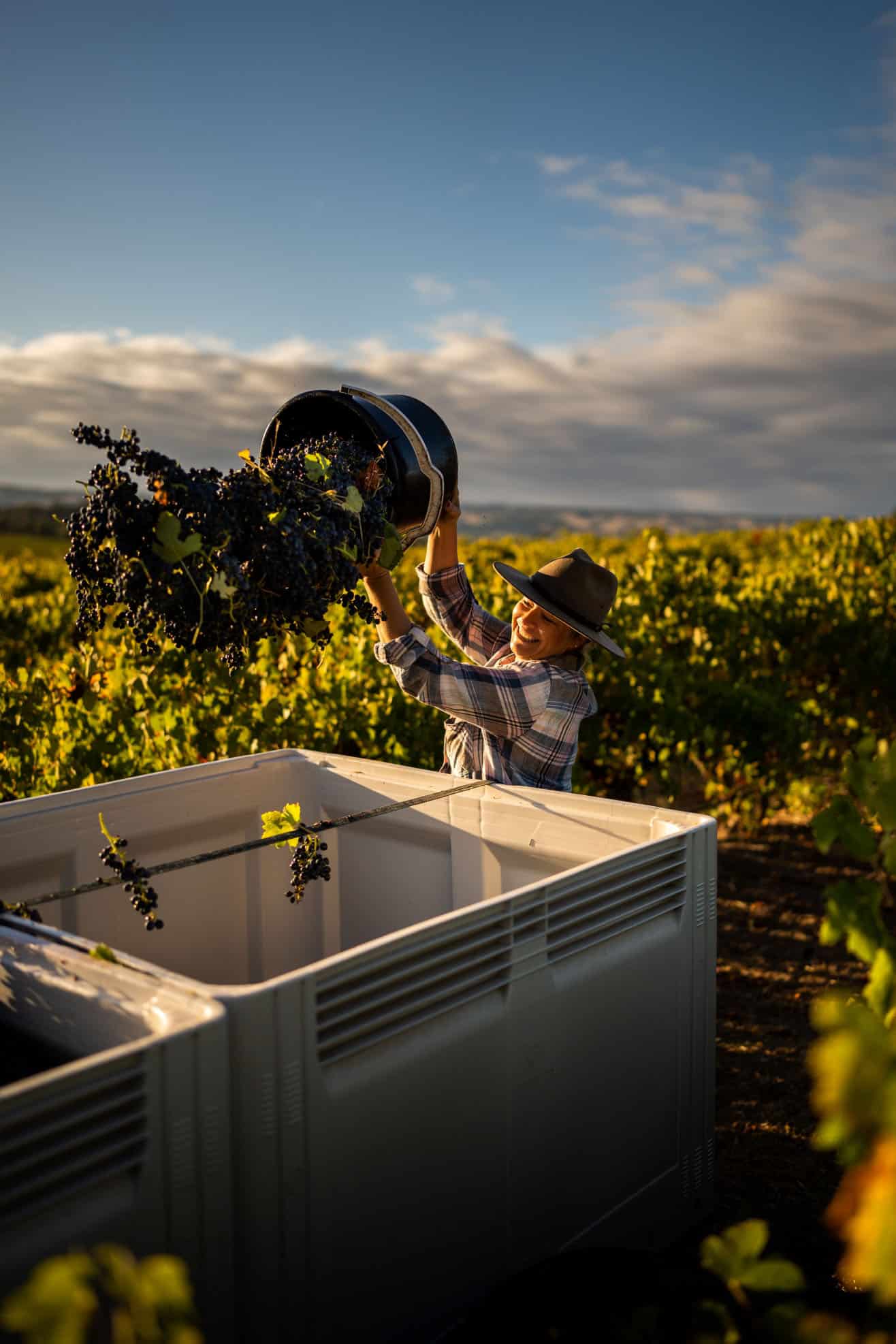Buy Wine
-
2023 Vermentino
This Vermentino is a light, fresh and crisp little number that will make you feel …$28.00 -
2023 Fiano
Our winemaker Corrina Wright is known in the wine business as the Queen of Fiano …$28.00 -
2023 ‘Chica’ Rosé
This dry Rosé is refreshing as, like eating a watermelon right down to the white …$28.00 -
2023 Grenache
Crack a bottle, crank the wood oven pizzas and rejoice – 185 years on, and Grenache …$32.00 -
2023 Brioni’s Blend
Oliver’s Taranga’s Brioni’s Blend is dedicated to 6th generation Brioni Oliver, one of the cousins …$35.00 -
2021 Shiraz
Shiraz is what the Oliver’s love and it is in Shiraz that they trust. …$32.00 -
2020 Sagrantino
Sagrantino has its traditional home in Umbria, Italy. Choc full of wonderfully layered tannins and …$55.00 -
2021 Vine Dried Cabernet
It’s been five years since we last had the Vine Dried Cabernet, so we …$65.00 -
2022 RW Grenache
This is the exciting third release of the RW Grenache, to partner our other super …$75.00 -
2020 HJ Shiraz
HJ was a lover and a fighter. He fought to win the affections of his …$85.00










